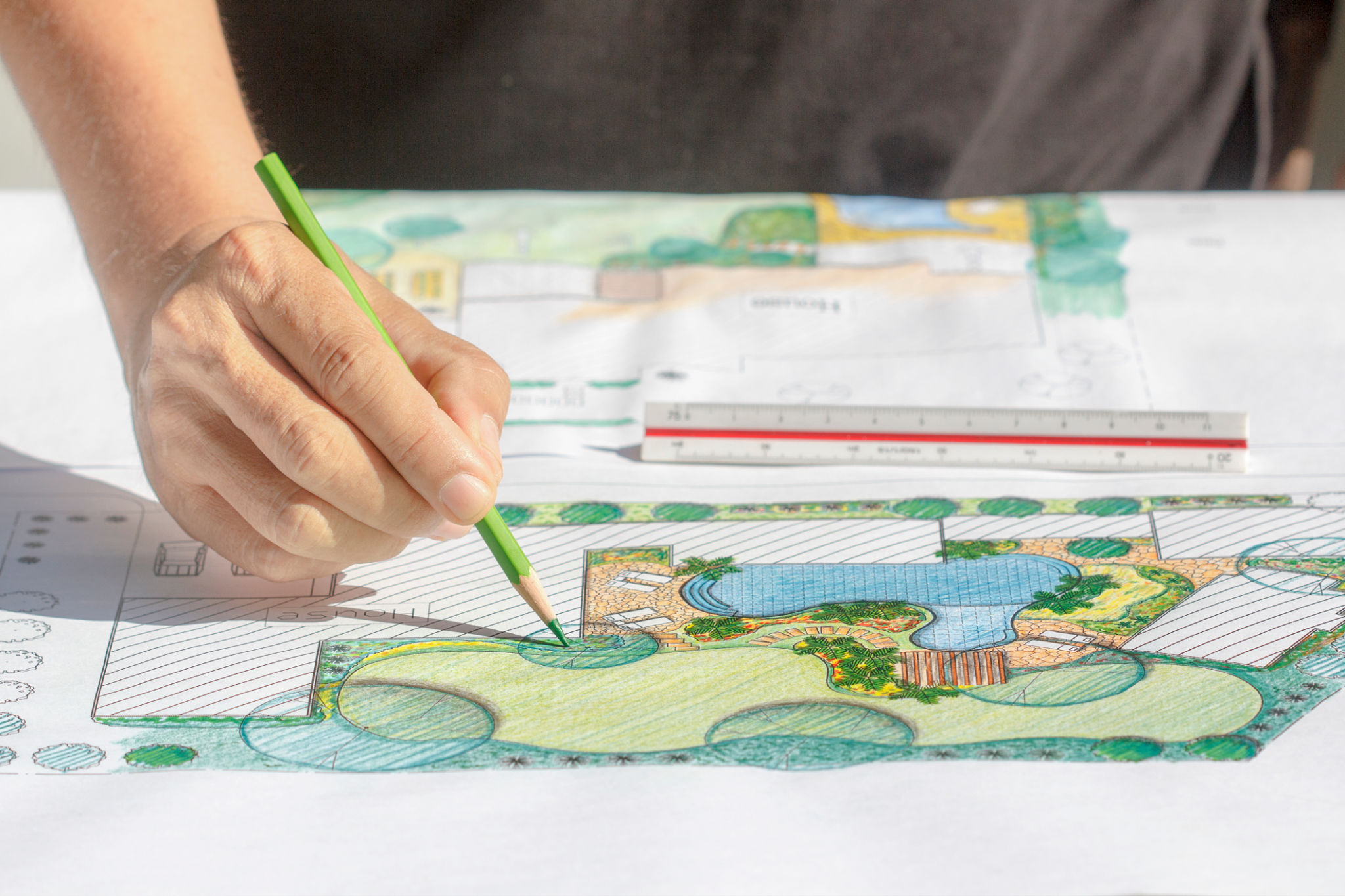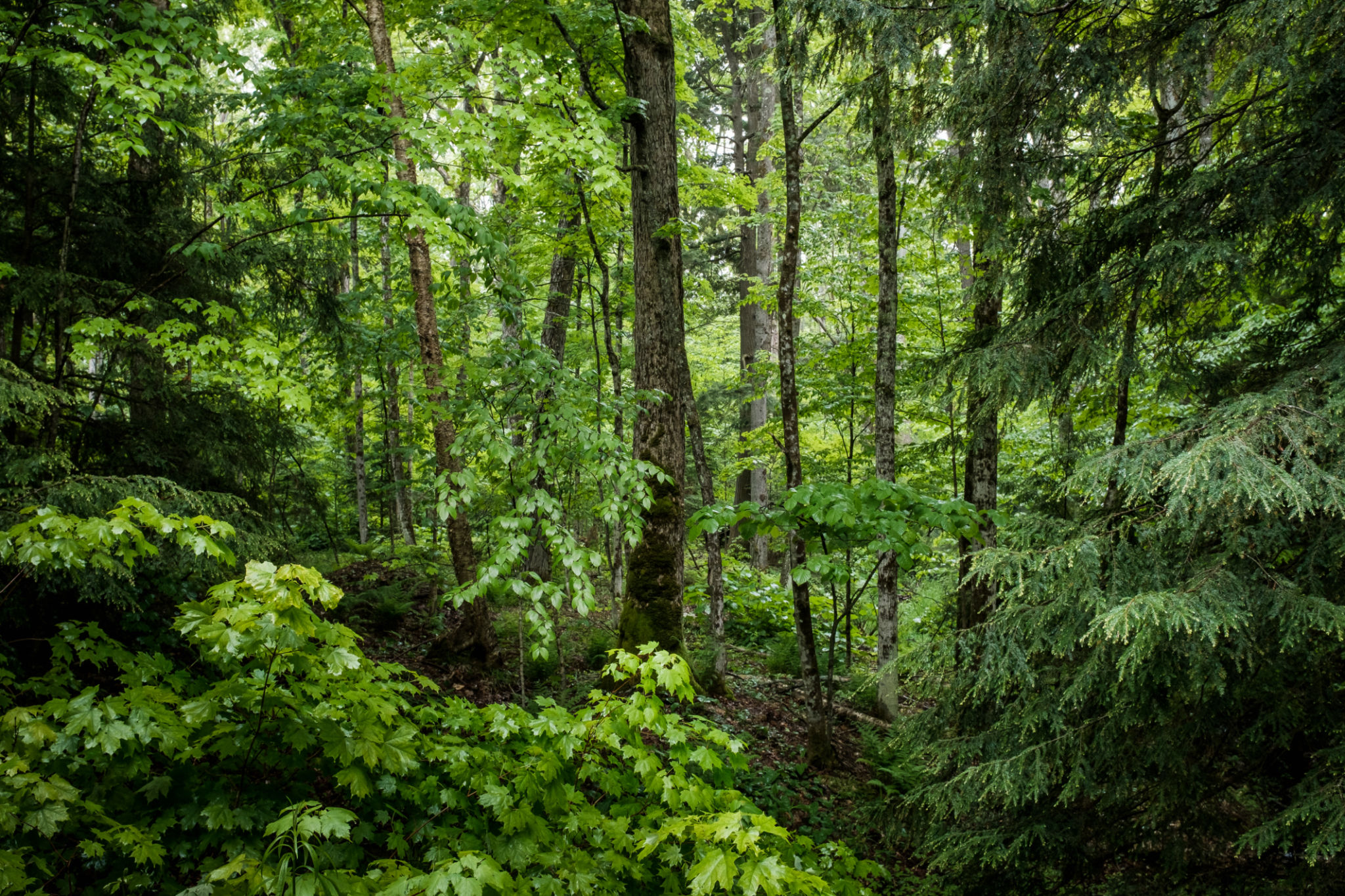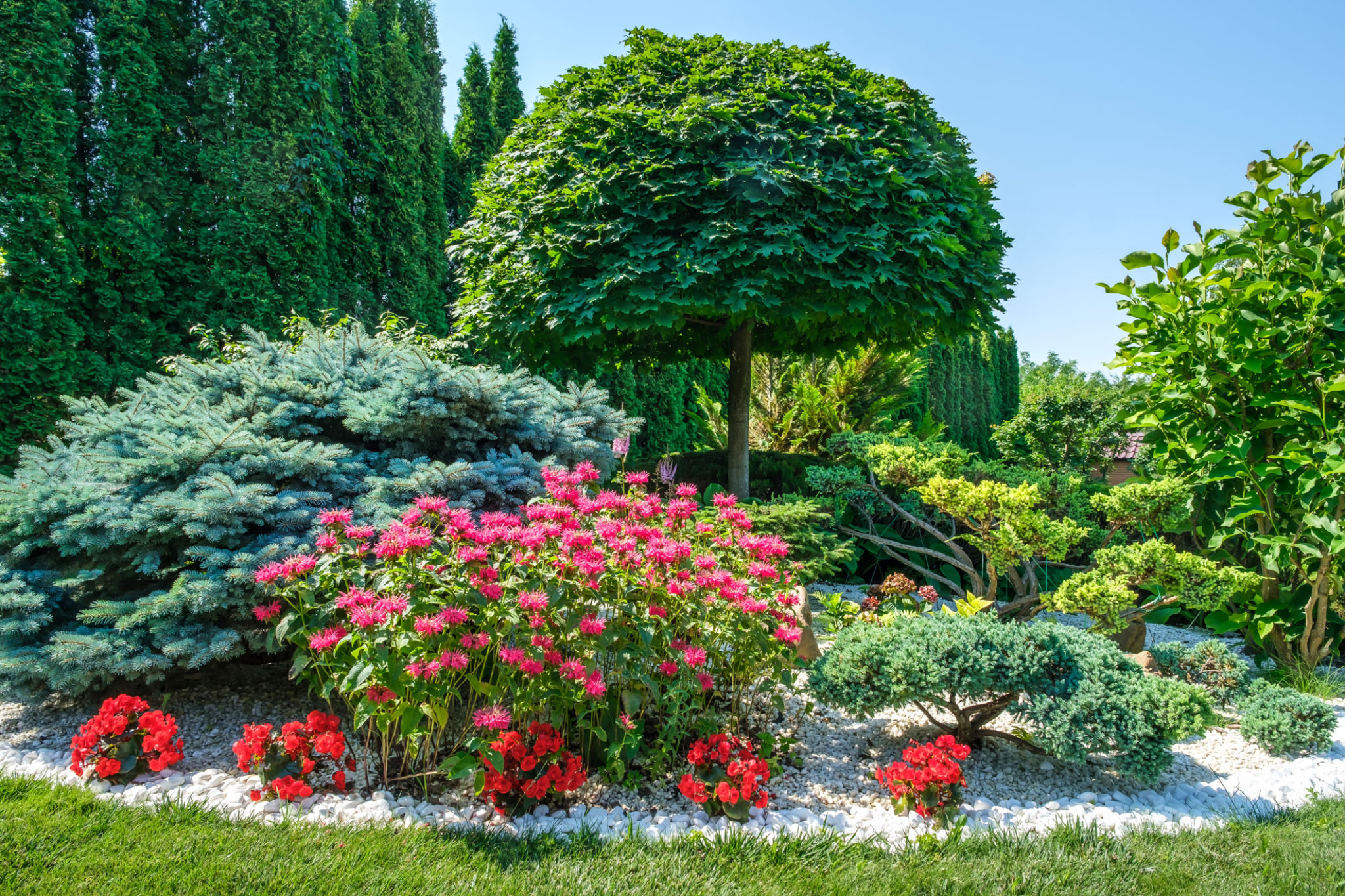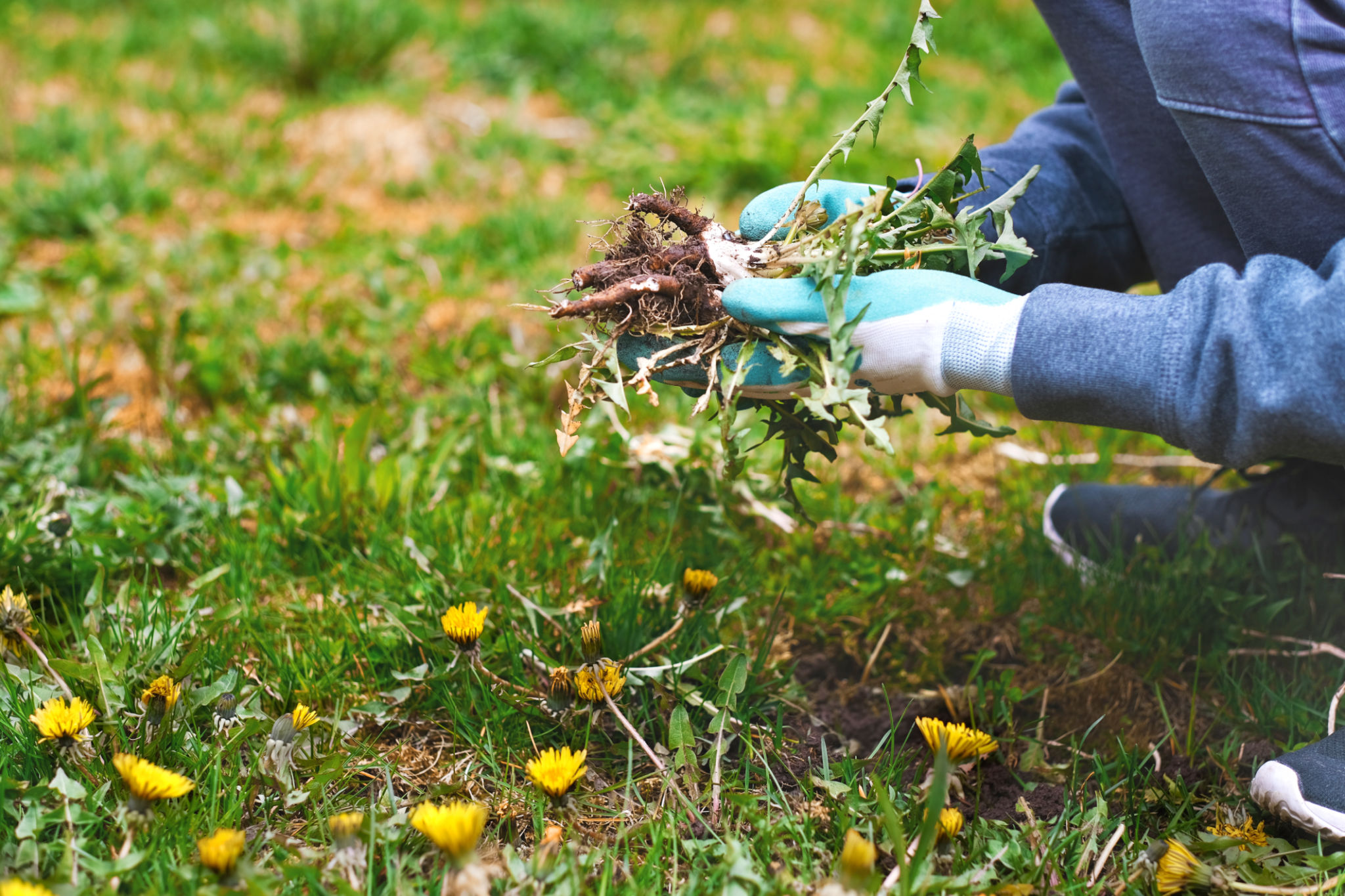Top DIY Landscaping Tips for Winnsboro Homeowners
Planning Your Landscaping Project
Before diving into any landscaping project, it's essential to start with a solid plan. Begin by assessing your yard's current state and identifying areas that need improvement or change. Consider factors such as sunlight exposure, soil type, and drainage patterns. Sketch a rough layout of your yard, noting where you might want to add new plants, pathways, or garden features.
Budgeting is also an important aspect of planning. Determine how much you're willing to spend on your DIY project and prioritize tasks that will have the most significant impact. Remember, a well-thought-out plan can save you time and money in the long run.

Selecting the Right Plants
Choosing the right plants for your landscape is crucial for creating a cohesive and sustainable design. Consider native plants that are well-suited to the Winnsboro climate. Native plants are typically more drought-resistant and require less maintenance, making them an excellent choice for busy homeowners.
Additionally, think about the plant's growth habits and mature size to ensure they won't outgrow their space. Incorporate a mix of perennials and annuals to provide year-round interest and color to your garden.

Creating Functional Outdoor Spaces
A well-designed landscape should not only be beautiful but also functional. Consider how your outdoor space will be used. Do you need an area for entertaining guests, a play space for children, or a quiet retreat for relaxation? Design your landscape to accommodate these activities by incorporating patios, decks, or seating areas.
Use natural materials like stone or wood to create durable and aesthetically pleasing outdoor structures. Add pathways to guide visitors through your garden and define different zones within your yard.

Efficient Watering Solutions
Watering your garden efficiently is essential for maintaining a healthy landscape while conserving water. Install a drip irrigation system to deliver water directly to the roots of your plants, reducing evaporation and runoff. Adjust your watering schedule according to seasonal changes and rainfall patterns.
Additionally, consider using rain barrels to collect rainwater for use in your garden. This eco-friendly solution not only conserves water but also reduces your utility bill.

Incorporating Decorative Elements
Adding decorative elements can elevate your landscape design and reflect your personal style. Consider including features such as garden sculptures, birdbaths, or water fountains to create focal points within your yard. These elements can add visual interest and attract local wildlife.
Use lighting strategically to highlight key areas of your landscape and extend the usability of your outdoor space into the evening hours. Solar-powered lights are an energy-efficient option that can be easily installed along pathways or in garden beds.

Maintenance Tips for a Thriving Landscape
Regular maintenance is necessary to keep your landscape looking its best. Develop a routine that includes tasks such as pruning, weeding, and mulching. Mulch helps retain moisture, suppress weeds, and improve soil health, making it an essential part of any landscaping strategy.
Stay vigilant for signs of pests or diseases, and address any issues promptly to prevent them from spreading. With consistent care, your DIY landscape will flourish and provide enjoyment for years to come.
